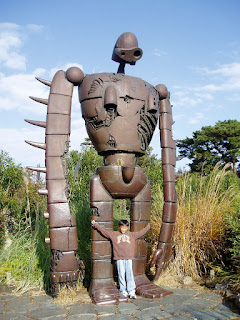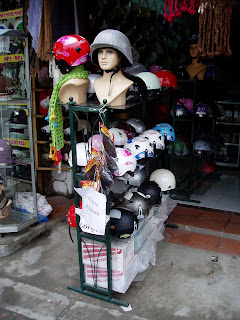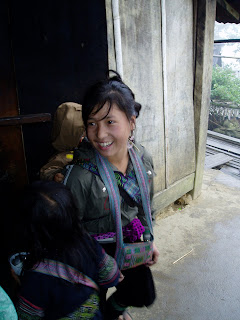
Observations While In Vietnam
If you have not practice defensive driving, Viet Nam is a good place to start
Sometimes it makes me wonder if they have highway code tests
WHY?
The ratio of motorcyclists versus motor vehicles
WATCH OUT FOR THE MOTORCYCLISTS
- Safety helmets is a fashion item. They have all sorts of designs, most of them would not have pass our safety standards
- Talking on your mobile while riding your motorbike
- Sit up to four to a motorcycle (grown-ups)
- Motorcyclists or cyclists riding abreast as if they own the road
- Motorcyclists riding in the middle of single lane road
- Motorcyclists filtering from a minor road to a major road without looking out for oncoming vehicles. It is amazing as I have still not seen a single accident of such nature during my time in Viet Nam
BUS PASSENGERS - WHAT YOU NEED TO KNOW
- Get on the bus as fast as you can as the bus driver does not wait for you to get on before moving off
- Get off the bus as fast as you can as the bus driver does not wait for you to alight before moving off
- The bus driver decides at his pleasure whether to stop and pick up passengers
PADESTRIANS
- Walking across a major circle/road crossing without a care to the world
HOW NOT TO "RUN OVER" ROAD USERS
- Blowing your car or motorcycle horn every five minutes (sometimes it makes me wonder if it has become a habit)
- Be ready to do emergency stop
WHAT ELSE?
- Passengers on buses get motion sickness. Plastic bags are readily available if you need one. What puzzles me if that when Vietnamese ride their motorcycles, they do not suffer from the sickness
- It takes more than nine months to resurface a stretch of road
AS ALWAYS IN A FEEL GOOD MOVIE, THERE IS A HAPPY ENDING
There is still some good like
Giving up your seats to the elder, expectant mothers, young children





































